Retro Replay Review
Gameplay
Hinokakera Fragment: Eclipse refines the series’ signature 2.5D fighting system by marrying traditional 2D combo mechanics with a three-dimensional arena. Each battle feels dynamic as you dash between foreground and background planes, using ring-outs or stage hazards to your advantage. The core of the action rests on long, intricate combos that challenge your timing, spacing, and resource management—every brake (cancel) opens up new offensive possibilities or defensive escapes.
(HEY YOU!! We hope you enjoy! We try not to run ads. So basically, this is a very expensive hobby running this site. Please consider joining us for updates, forums, and more. Network w/ us to make some cash or friends while retro gaming, and you can win some free retro games for posting. Okay, carry on 👍)
The roster is varied and balanced, featuring human fighters alongside demonic warriors gifted with supernatural powers. Each character has a distinct playstyle: some excel at zoning with long-range specials, while others thrive in close quarters with lightning-fast normals. Super moves, air launches, and wall-bounce effects keep the pace frantic, and the brake system rewards players who learn to weave offense and defense seamlessly. Training mode provides robust frame data and combo practice tools, making it easier to master complex strings.
Fragment: Eclipse also supports multiple match types—Arcade, Versus, Time Attack, and a dedicated Online mode. Local versus matches run flawlessly, thanks to responsive local netcode, while online play is subject to occasional latency spikes depending on your region. Casual players will appreciate the auto-block and simplified input options, whereas competitive fighters can delve into the game’s deeper mechanics to eke out every ounce of damage.
Graphics
The visual presentation in Fragment: Eclipse is a testament to Akaishi Ryuka’s skill under the Reddish Region banner. Character models are sharply detailed, with distinctive costumes and fluid joint articulation that bring each fighter to life. Facial expressions during pre-match banter and super move cut-ins convey real personality, even in static 2D portrait frames. In-game animations feel weighty and impactful, especially when landing a powerful blow or executing a finishing super.
Stages are rendered in true 3D, offering depth both visually and tactically. From crumbling urban ruins to scorched desert wastelands, every arena is bathed in atmospheric lighting and particle effects—sparks fly on clash, dust swirls when you’re knocked down, and magical auras shimmer around demonic fighters. Background elements react to the combat, subtly reminding you that this world is on the brink of collapse after countless Demon Sealing Wars.
Special effects shine brightest during super moves, where flashy bursts of energy, trailing weapon arcs, and dynamic camera shakes heighten the drama. Though this is a doujin title, the polish rivals many indie and even some commercial fighting games. Pop-in is virtually nonexistent, and frame-rate dips are rare, ensuring that your combo timing remains consistent from start to finish.
Story
The Story mode in Fragment: Eclipse adopts a visual-novel style to chronicle the journey of Raven, a lone wolf with a mysterious past and demon-sealed abilities. Through illustrated dialogue scenes and voice snippets, you follow her mission to uncover the truth behind the inhuman invasion that brought humanity to its knees. The narrative unfolds across multiple chapters, each unlocking new match conditions, branching paths, and character interactions.
While dialogue can sometimes feel expository, the writing does a solid job of balancing world-building with character development. You’ll learn about the Demon Sealing Wars of the recent past, the fractured state of post-apocalyptic society, and the moral ambiguity faced by those wielding demonic power. Occasional choices influence side-scenes and unlock optional boss fights, adding replay value for completionists eager to see every ending.
Visual novel segments are interspersed seamlessly with fight sequences, and loading times are kept minimal to preserve immersion. Though localization is fan-driven, the English translation reads clearly, with only a handful of grammatical hiccups. For players who relish a story threaded through their fighting game, Fragment: Eclipse delivers a compelling solo experience that complements the mechanical depth of its combat.
Overall Experience
Hinokakera Fragment: Eclipse stands out as one of the finest doujin fighting games available. Its robust combat system, evocative visuals, and engaging Story mode make for a package that feels both polished and deeply rewarding. Whether you’re a veteran of Hinokakera’s earlier installments or a newcomer drawn by the promise of demon-powered brawling, there’s plenty here to master and enjoy.
The learning curve can be steep, particularly when it comes to advanced brake cancels and optimizing meter usage. However, the generous training options and community-created tutorials help flatten that curve for dedicated players. Online competition may be sparse compared to mainstream fighters, but local gatherings and Discord lobbies remain active hubs for sparring and sharing combo setups.
Fragment: Eclipse’s modest price point and wealth of content ensure excellent replayability. The visual novel arc adds narrative stakes to your progress, while the deep mechanics invite endless experimentation. For fans of technical fighters seeking a unique, character-driven experience—and for those who appreciate the spirited creativity of doujin development—this game is a must-have addition to your library.
 Retro Replay Retro Replay gaming reviews, news, emulation, geek stuff and more!
Retro Replay Retro Replay gaming reviews, news, emulation, geek stuff and more!
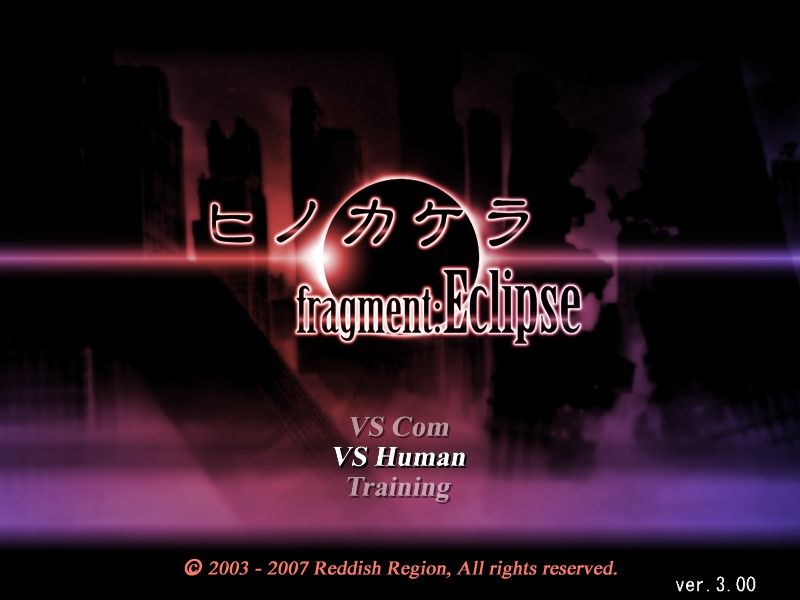
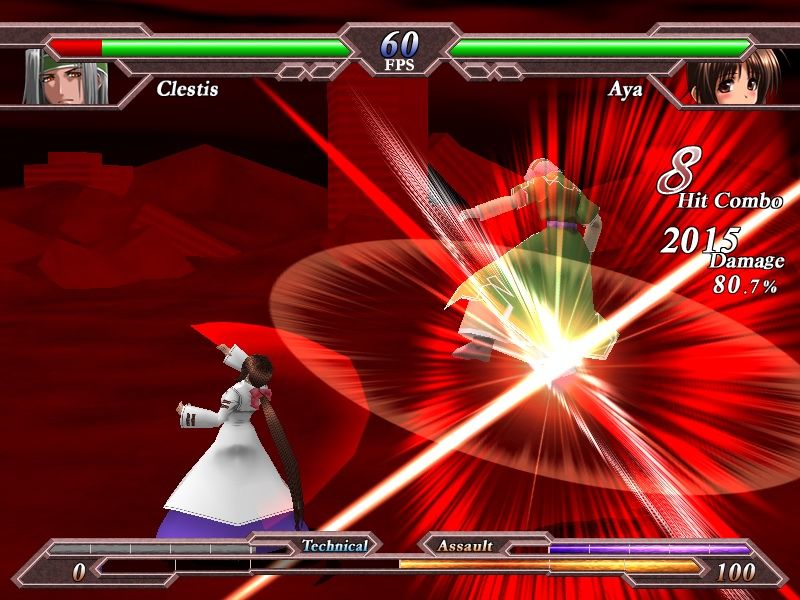
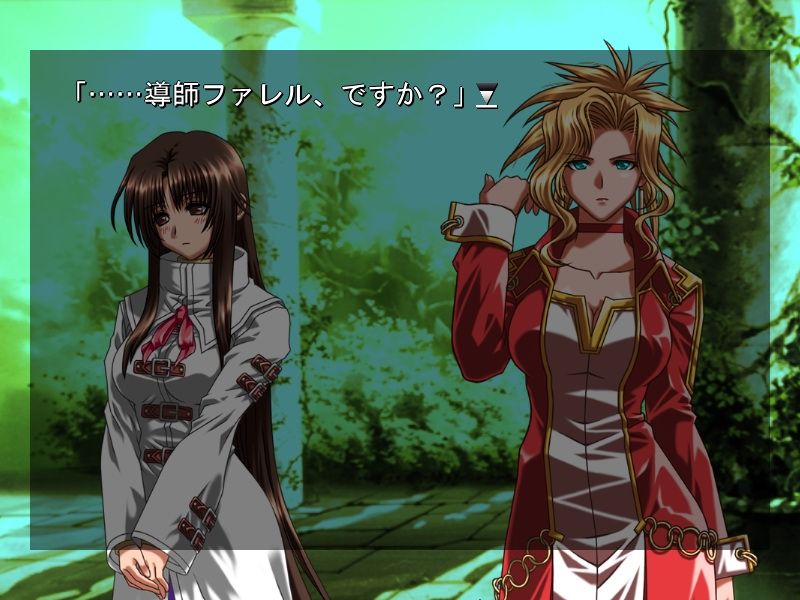
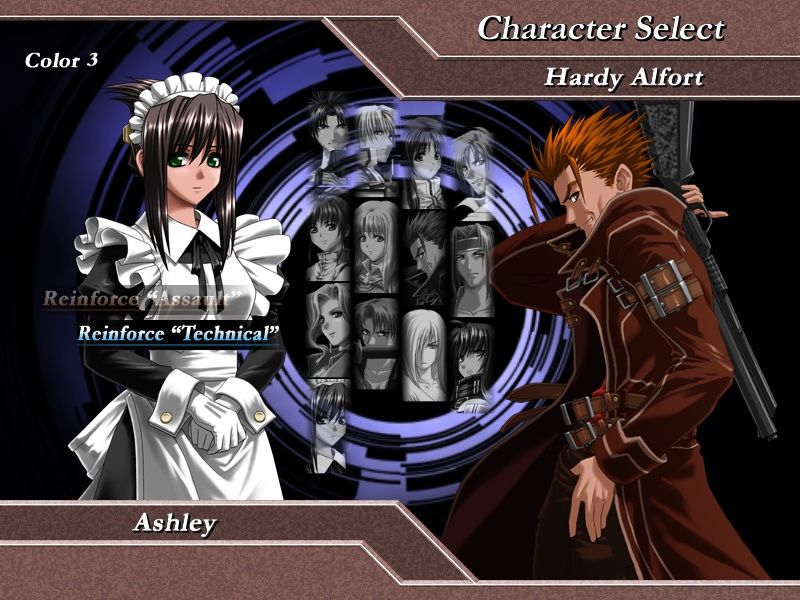
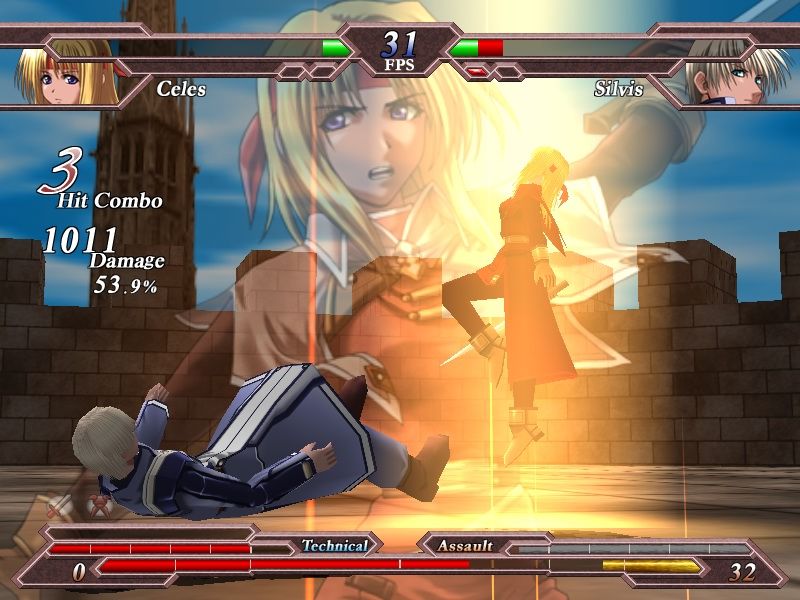
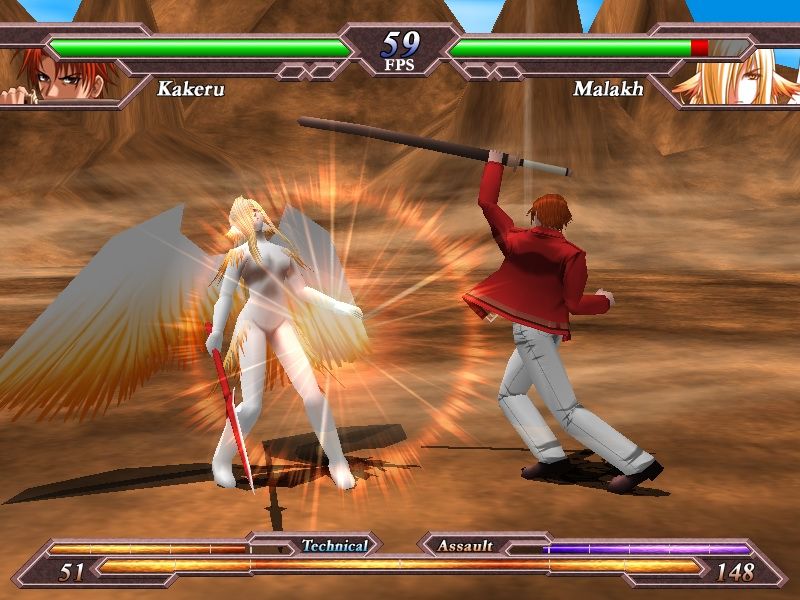
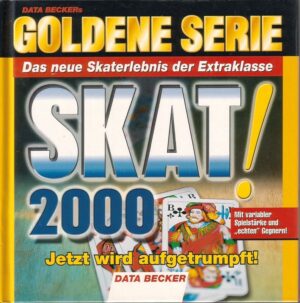


Reviews
There are no reviews yet.